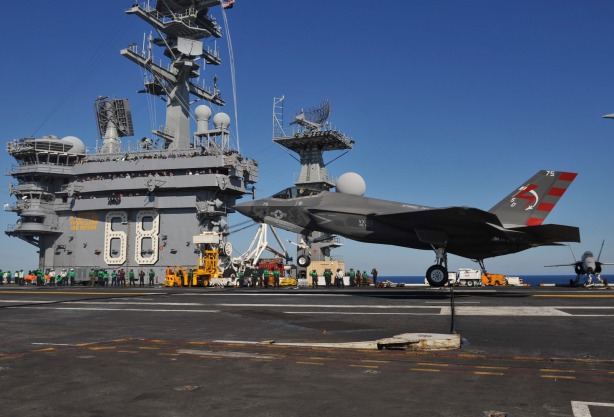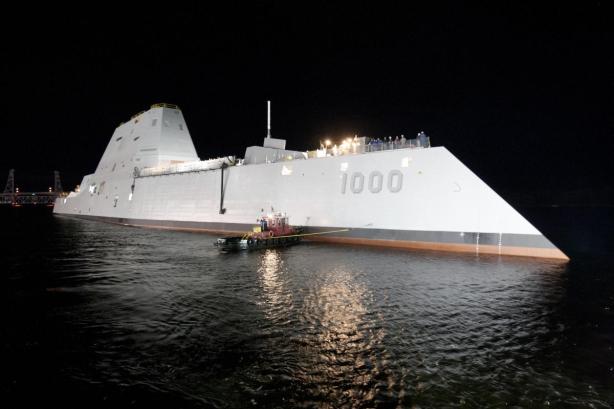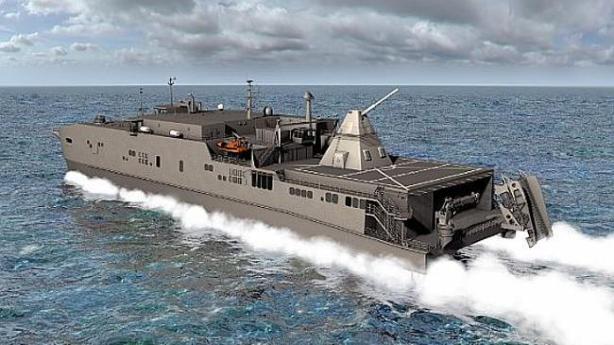In a rather stark admission, US Secretary of the Navy, Ray Mabus, disclosed that the soon-to-be-deployed F-35C will be the last manned strike fighter for the US Navy.
The F-35C “should be, and almost certainly will be, the last manned strike fighter aircraft the Department of the Navy will ever buy or fly,” Navy Secretary Ray Mabus said in a speech in April at the annual Sea-Air-Space Exposition outside Washington, D.C. Fighter jocks would still be needed for dogfighting, but Mabus envisions a future when strike missions will be fulfilled by unmanned aircraft.
According to Defense News, Mabus announced the creation of the N99 Navy staff office for unmanned weapons systems and a new position for deputy assistant secretary of the Navy for unmanned systems.
“Unmanned systems, particularly autonomous ones, have to be the new normal in ever-increasing areas,” he said.
The announcement came the same day as a milestone test for the Unmanned Combat Air System Demonstration program, the first of three aerial refueling tests that mark the program’s concluding step.
Following the tests, the two UCAS jets will be sent to an aviation museum or to the aircraft boneyard in Arizona, Capt. Beau Duarte, Carrier Unmanned Aviation program manager, said Tuesday at the exposition.
“The UCAS-D program was born with the primary role of, ‘Okay, let’s show ourselves that we can successfully take off and land from the ship, integrate operations around and on the carrier, and work in the pattern [with manned jets],’ ” Duarte said.



